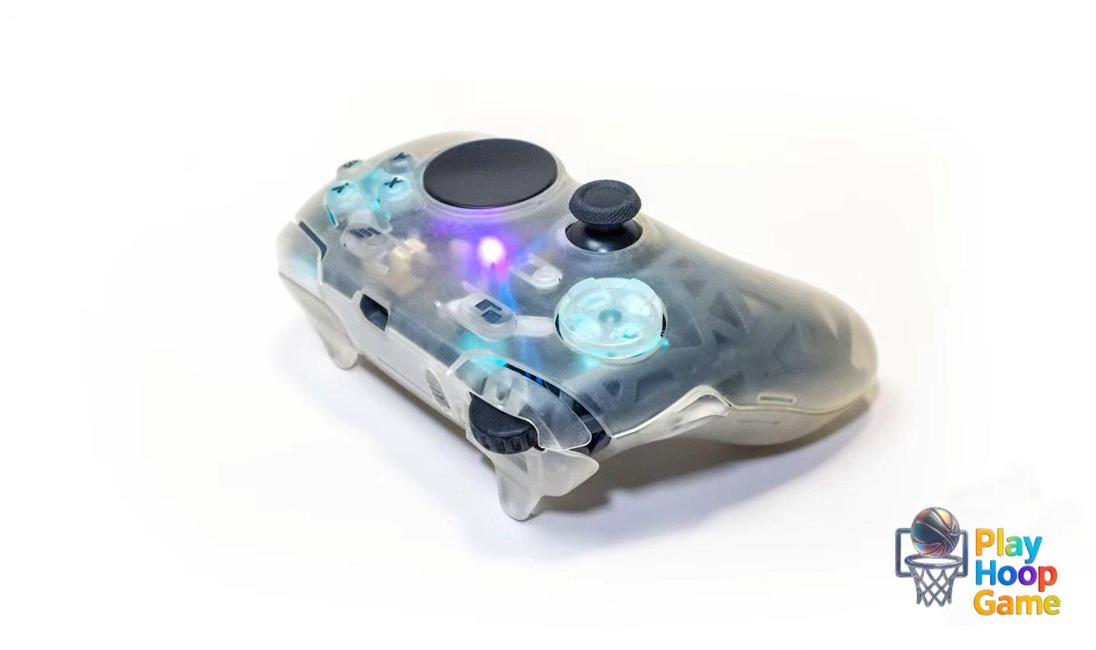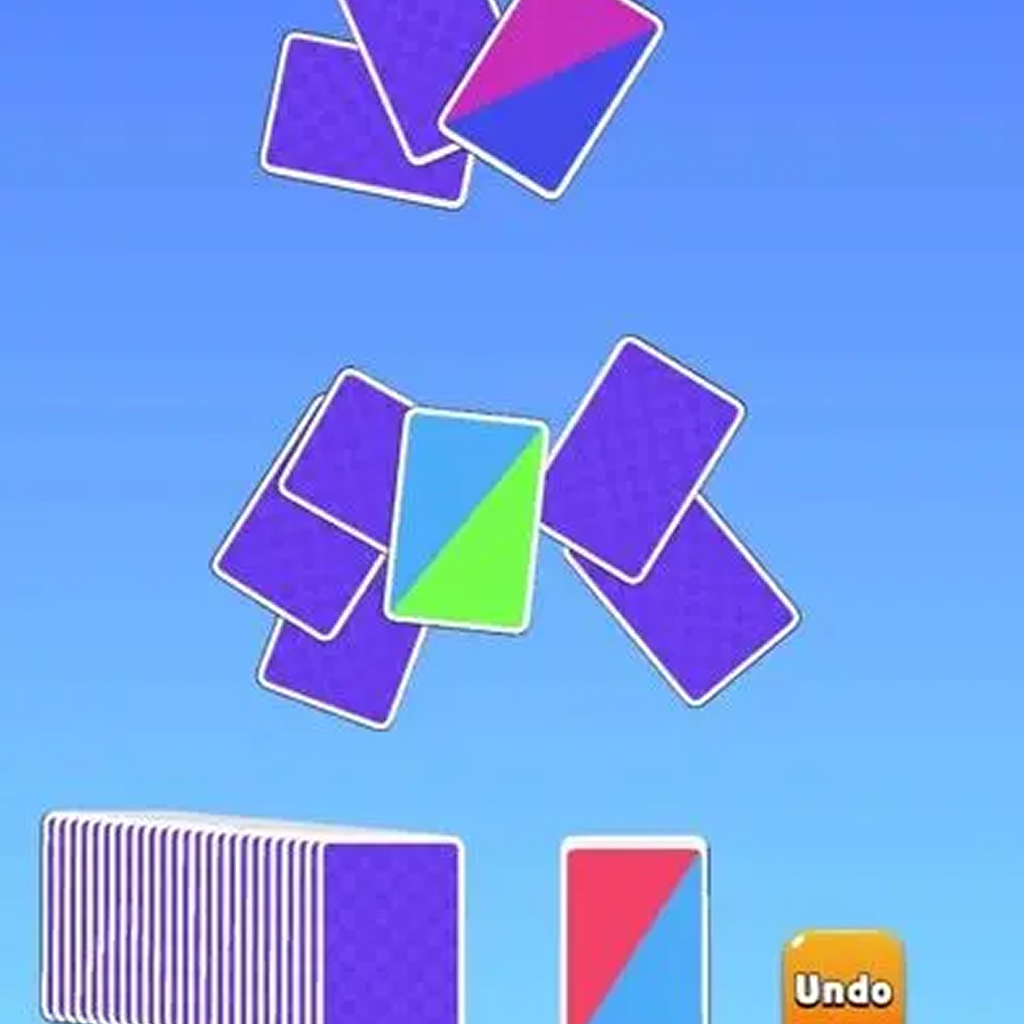Forget the Usual: This Wild DIY Gyro Controller Shows Just How Boring Modern Gamepads Are
Let's be honest, when was the last time you looked at a brand-new gamepad and thought, "Wow, that's innovative!" Yeah, me neither. They're... fine. Functional. Utilitarian. But exciting? Nah. They've become so standardized, so safe. It's like everyone's afraid to mess with the formula. And maybe that is why services like Playstation Plus are such a hit. But is there a better option?
That's why I nearly choked on my latte when I saw this DIY gyro controller project online. Someone actually took the initiative to build a controller from scratch, incorporating a gyro sensor for motion control. And it's not just some cobbled-together mess; it’s remarkably well-designed. It makes you think, what are the big companies even doing?
Think about it: for years, we've been stuck with basically the same button layouts, the same thumbstick configurations. Sure, there have been minor tweaks – slightly different grip textures, programmable buttons, and lightbars nobody asked for. But the core experience has remained largely unchanged. Nintendo tried to shake things up with the Wii, and while it had its flaws, you can't say it wasn't interesting.
The Allure of Motion: Why Gyro Controls Are Actually Amazing
Okay, I've got to admit, the idea of motion controls used to fill me with dread. Memories of waggling the Wii remote like a maniac trying to bowl a strike still haunt me. But the way this DIY controller implements it is different. It's subtle. It's precise. Instead of relying on broad, sweeping gestures, it uses tiny movements of your wrist to fine-tune your aim.
And that, my friends, is where the magic happens. It's not just about mimicking real-world actions; it's about adding a layer of intuitiveness and responsiveness that traditional thumbsticks simply can't match. Ever tried aiming a sniper rifle in a first-person shooter with a gamepad? It can be frustratingly clunky. With a gyro, it feels like an extension of your own hand. Like you're actually there, lining up the perfect shot.
Actually, that's not quite right. It's not JUST about shooters. Think about racing games, where subtle steering adjustments can be the difference between winning and spinning out. Or flight simulators, where precise control is essential for a smooth landing. The potential applications are vast. And they're just sitting there, largely untapped by the mainstream.
But here's the thing: the big console manufacturers aren't blind. They know about gyro controls. The PlayStation DualSense has a gyro. The Switch Joy-Cons and Pro Controller use them. So why aren't they more widely adopted? Why aren't more games taking advantage of this technology?
Cost vs. Innovation: Where Did All the Risks Go?
Well, that's the million-dollar question, isn't it? My guess is that it boils down to a combination of cost and risk aversion. Developing and implementing motion controls properly requires more investment. It requires developers to rethink how games are designed, to create control schemes that are both intuitive and engaging. And that takes time, money, and a willingness to experiment. It is not easy to create something new with old tech.
And let's face it, the gaming industry is, at its core, a business. And businesses tend to prioritize profits over innovation. As long as people are buying the same old gamepads, there's little incentive to shake things up. Why rock the boat when it's already sailing smoothly?
But that's precisely why these DIY projects are so important. They're a reminder that there's still room for creativity, for experimentation, for pushing the boundaries of what's possible. They're a middle finger to the status quo, a declaration that gamers aren't content to settle for the same old thing.
The Future is Now: Why This Matters For All Of Us
I keep coming back to this point because it's crucial: this isn't just about one cool DIY project. It's about the future of gaming. It's about reclaiming control over our own experiences, about demanding more from the companies that are supposed to be entertaining us. The frustrating thing about this is that the technology is all there. We have gyros. We have haptic feedback. We have all the pieces of the puzzle. What we need is the will to put them together in new and exciting ways.
And maybe, just maybe, this wild DIY gyro controller will be the spark that ignites that change. Maybe it will inspire the big companies to take a few more risks, to embrace innovation, to remember that gaming is supposed to be fun, not just a product to be consumed. One can hope!
FAQ: Your Burning Questions About DIY Gyro Controllers Answered
Why aren't gyro controls more common in console games?
That's a great question, and the answer isn't simple. Many believe that major console manufacturers are hesitant to fully embrace gyro controls due to a combination of factors. There's the cost of development and implementation. Convincing gamers to adopt a new control scheme is also a hurdle. Plus, some developers might worry about alienating players who are comfortable with traditional gamepads. But honestly, the potential benefits far outweigh the risks. It all comes back to that.
How difficult is it to build your own gyro controller?
Okay, let's be real: building your own gyro controller isn't exactly a walk in the park. It requires a decent understanding of electronics, soldering skills, and a willingness to tinker. The complexity can vary depending on the features you want to include. However, there are plenty of online resources, tutorials, and communities dedicated to DIY gaming projects. So with enough patience and effort, it's definitely achievable. And the satisfaction of creating something unique is hard to beat! However, if the keyword 'This Wild DIY Gyro Controller Shows Just How Boring Modern Gamepads Are' makes you want to buy one; you are gonna have a hard time.
Are gyro controls just a gimmick?
Absolutely not! While some early implementations of motion controls felt gimmicky, modern gyro controls offer a level of precision and intuitiveness that traditional analog sticks simply can't match. When implemented well, they can enhance immersion and provide a more engaging gaming experience.
Can gyro controls improve my gameplay?
Yes, without a doubt. With a bit of practice, gyro controls can significantly improve your accuracy and reaction time, especially in first-person shooters and racing games. The ability to make subtle adjustments with the flick of your wrist can give you a competitive edge that you wouldn't have with a standard gamepad.

























